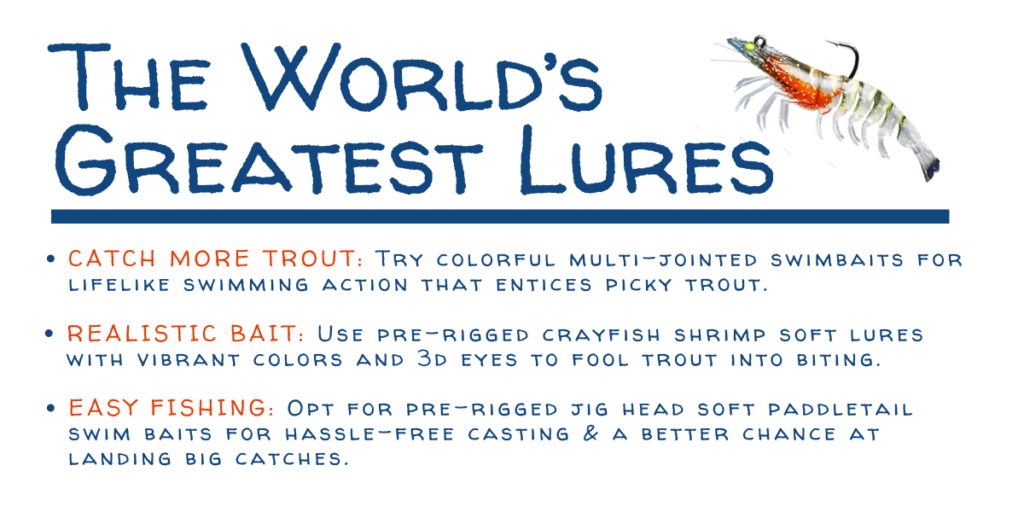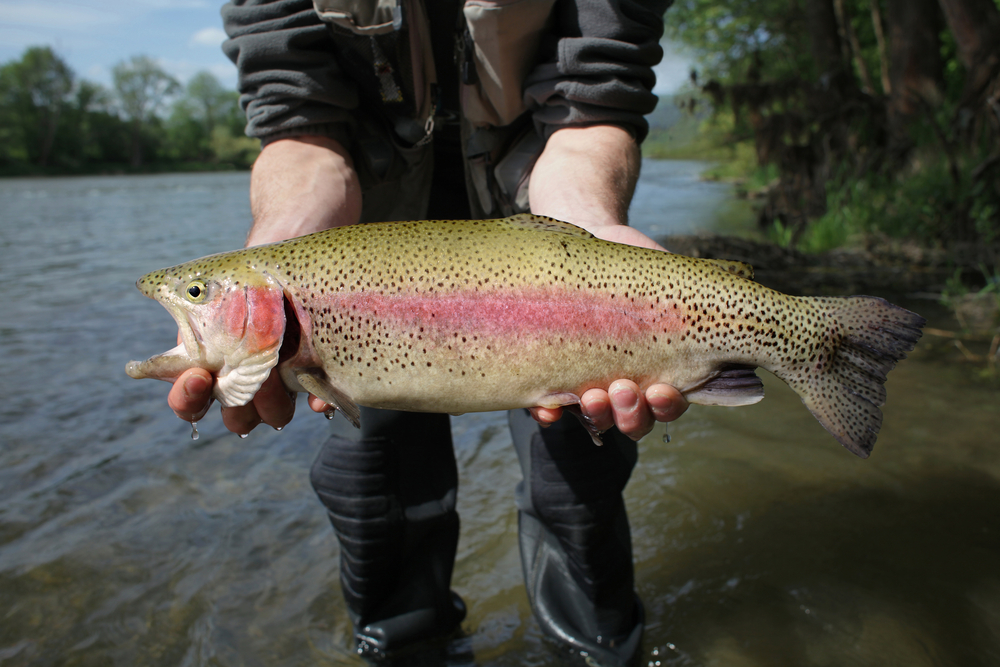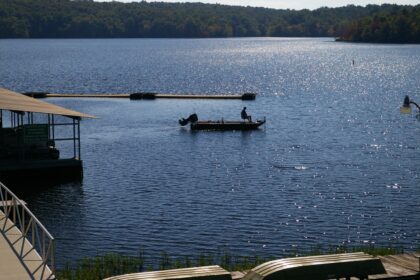Rainbow trout are a beautiful fish that can be found in many bodies of water across the country. Wherever you go fishing, you can’t help but hope to bring in one of these beauties! Looking at the distinctive colors of pink, yellow and blue that adorn these fish can make any outdoorsman swoon. They fight like champions, so catching one is much more difficult than simply pulling in some boring old catfish. Catching a rainbow trout is easier said than done. You have to know exactly where and how far out to cast before you find success. There’s nothing more satisfying than seeing one of these magnificent trout at the end of your line. Here are our top tips on how to catch rainbow trout.
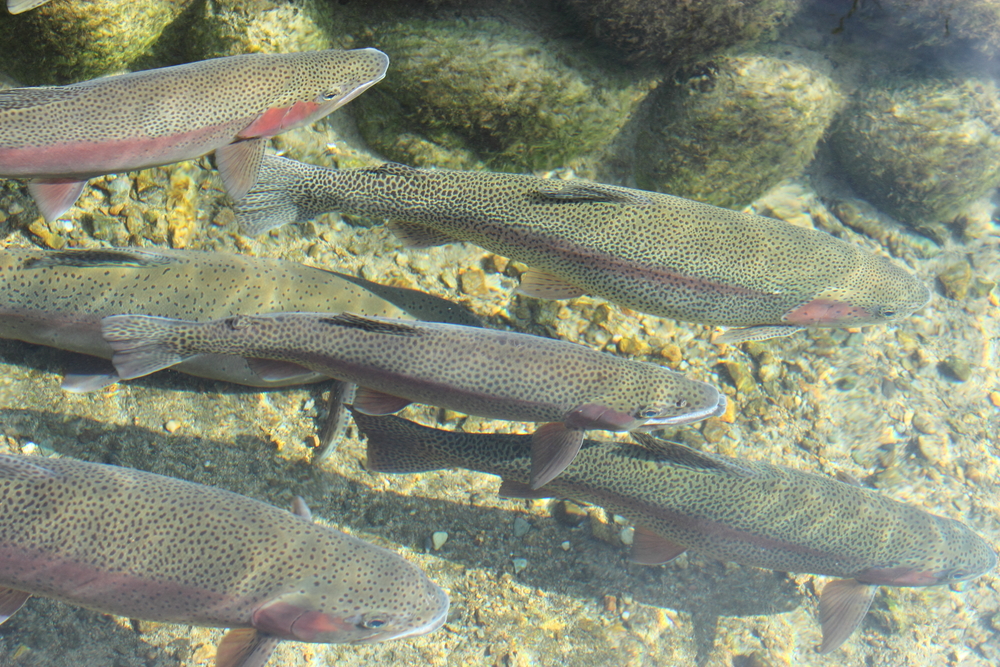
Bodies of Water
Rainbow trout can be found in a variety of bodies of water. This includes rivers, lakes, streams, and even some ponds. They are known for their adaptability and can thrive in both cold and warm water environments. Some of the best places to catch rainbow trout include clear mountain streams with rocky bottoms, deep lakes with plenty of underwater structure like logs or boulders, and slow-moving rivers with lots of vegetation for cover. Additionally, rainbow trout are often stocked in urban ponds or small lakes for recreational fishing opportunities.
Habits and Hangouts
If you’re looking to catch a rainbow trout, you first have to understand their habits. These fish are always on the move. They rarely stay in one place for very long! You’ll have the best luck if you can figure out where they like to hang out. Whether it be in shallow pools near shorelines or further upstream towards fast-moving waters. They prefer cold water that’s full of aquatic insects and other smaller fish species for food. Stillwater locations with deeper pools usually offer the best chances as trout like to hold in deep pockets rather than rapid streams. Early morning or early evening are the optimal times during daylight when water temperatures are cooler and the fish are more active. Finally, you’ll want to find areas with plenty of cover like rocks and sunken vegetation, as trout tend to hide out in more sheltered spots of a river or lake. By familiarizing yourself with these behaviors and habitats, you’ll up your chances of hooking a beautiful rainbow trout!
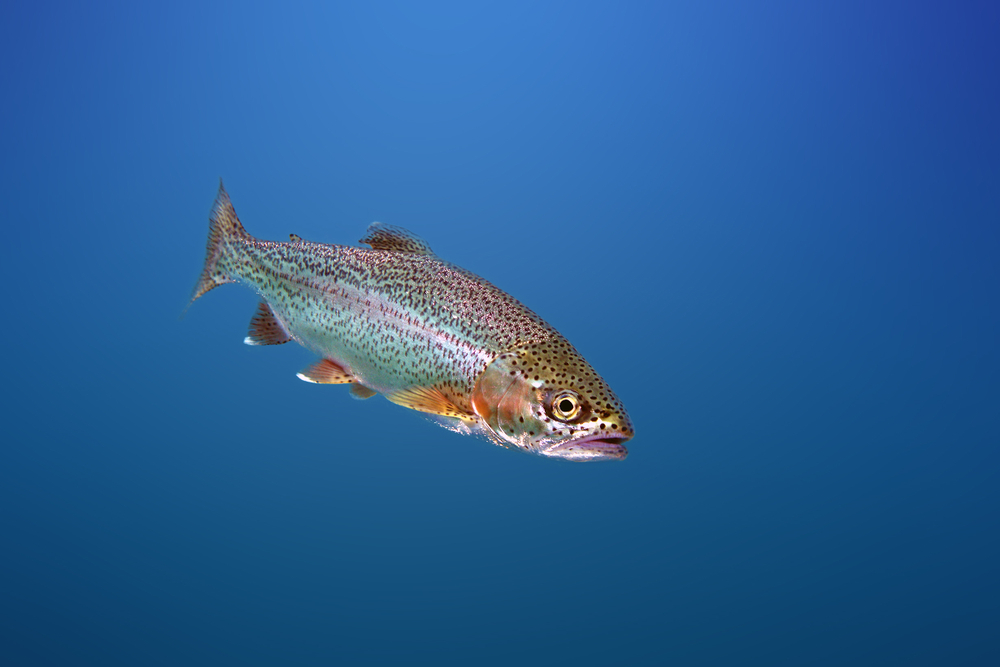
Lures and Baits
Trout fishing is a fantastic experience, and it’s no surprise they are one of the most sought-after gamefish. Whether you’re a seasoned angler or just getting started, you can have great success hooking some trout on your favorite lures or baits. There’s nothing like the hook-set when using traditional lures or baits. Whether jigging from the bottom with spinners and spoons or dancing wet flies following current lines, trout fishing is always exciting and rewarding.
Jigging with traditional spinners and spoons is one of the tried and tested methods of catching Rainbow Trout. For spinners, try using ones with a variety of colors and sizes. This offers a better match to what the trout should be expecting in their waters. Spoons are great too when fishing in rivers and streams where drift or spin-fishing works best. It never hurts to mix it up with different colors. Sometimes pink, red, or yellow will really get the fish biting! You’ll be able to fish in shallow streams or your favorite deep lakes and reservoirs to land one of these elusive fish.
Fly fishing
Fly fishing for rainbow trout is a yarn of finesse and adventure that outdoor enthusiasts can’t help but be drawn too. If you’re the type who feels more alive with wet flies in your hands, dancing over the water’s surface, you’ll have no greater pleasure than hooking into a wild rainbow trout. The purr of the reel spinning out line while wading upstream in search of tail-slapping rises. To the electric thrill of tugging on an oversized hen followed by a hellacious bend in the rod. Fly fishing for rainbow trout offers thrills and memories to last a lifetime.
Bait
By using the right bait you’ll ensure maximum success! Powerbait, also known as dough bait, can be an effective option when fishing for rainbow trout. This can be purchased at your local sporting goods store. Also, a good go-to is live bait like nightcrawlers or mealworms. They work well fished on a worm hook under a float, or simply presented on the bottom. Another great live bait to try is the ever popular salmon eggs, which bring rainbows in fast and furious! The real trick to success lies in the accuracy of the presentation. Don’t be afraid to experiment with different baits – some days one will work better than another. Don’t be afraid to reach out to local guides and tackle shops for information and tips about your area. With proper preparation and insight, you’re sure to have an incredible day fishing for those beautiful rainbow trout!
Rig Your Tackle
There are many different ways to rig your tackle for rainbow trout fishing. The best way to rig your tackle will depend on the season and the weather. Also important is what type of bait you’re using. In springtime or summer when river levels are low, a high-riding bobber rig with either wet fly or a nymph suspended below a strike indicator is often an effective strategy. Alternatively, if the waters are deeper during these seasons, platforms such as jigs used with either steelhead beads or maggots can be effective in locating fish. During fall and winter when rivers turn to colored water, anglers need more scent in order to get bites from trout. Glow jigs used with pieces of nightcrawlers doused in trout attractant spray can draw out more aggressive trout from deeper locations.
Using the right rig for your target species will only increase your chances of bringing home dinner. This also makes it easier to see bites or when the fish hit your lures or baits. Try using a top line spinner or trolling with crankbaits. You could also use live bait on individual hooks or set up gang rigs where multiple hooks are attached to one line at different depths. Give some of these rigs a try and let the fish tell you which one works best!
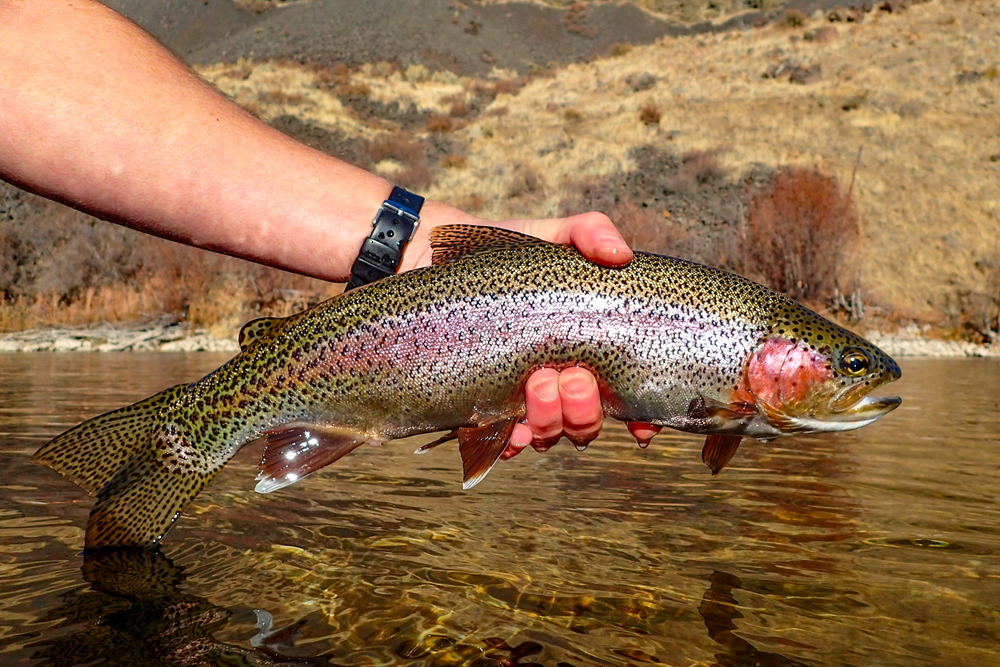
Land It Safely
Landing a rainbow trout safely can be tricky, especially if you’re going after trophy-sized fish. It helps to have the right tools and equipment. Fishing nets with soft mesh are best for preventing any damage to the trout’s delicate scales. In addition, use a technique of bringing the trout close to shore and supporting its weight while attempting to bring it over the side of your boat or bank. This is where having an additional landing net or another pair of hands comes in handy. Exercising patience plus finesse is key when it comes to successfully reeling in these magnificent creatures. Isn’t that part of what makes fishing so enjoyable?
Wrap It Up
When looking to catch a rainbow trout, nothing takes the place of local knowledge. You’ll first need to locate bodies of water where they are known to inhabit, and become familiar with their habits. Once you’ve found promising hangouts for these slippery beauties, you’ll want to prepare and rig your tackle with suitable lures or baits. Don’t forget to consider the time of year and other factors. Patience is the name of the game and eventually one should come your way. Finally, land it safely but quickly in order to prevent mortality or injury to that prize-winning specimen!
